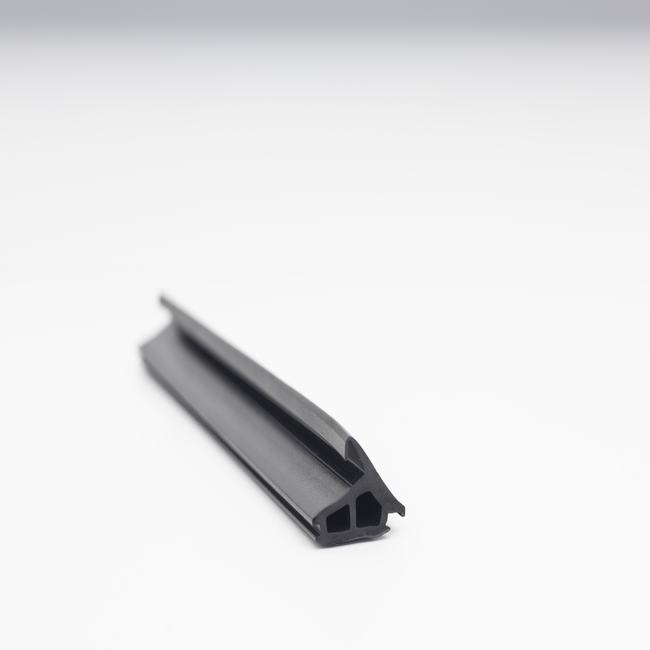Aluminum rubber seals, often referred to as aluminum-rubber gaskets or seals, are specialized sealing components that combine the properties of aluminum and rubber to create an effective seal in various applications. These seals are designed to provide a reliable barrier against the intrusion of liquids, gases, dust, or other contaminants while offering certain structural or thermal benefits due to the inclusion of aluminum. Here’s an overview of aluminum rubber seals:
Key Features and Advantages:
- Dual Material Properties: Aluminum rubber seals leverage the characteristics of both aluminum and rubber. Aluminum provides structural stability and strength, while rubber offers flexibility and sealing capabilities.
- Sealing Performance: These seals are engineered to provide excellent sealing performance, making them suitable for applications where preventing leaks is critical.
- Corrosion Resistance: Aluminum is naturally resistant to corrosion, which is a valuable feature when dealing with harsh environments or chemicals. This corrosion resistance can enhance the longevity of the seal.
- Flexibility: Rubber portions of the seal offer flexibility, allowing the seal to adapt to irregularities in mating surfaces, compensate for dimensional variations, and provide an effective seal even in dynamic conditions.
- Thermal Insulation: Aluminum’s thermal conductivity can be beneficial for applications requiring heat or cold insulation. It helps maintain temperature stability within the sealed area.
- Damping and Vibration Control: Rubber’s damping properties can help reduce vibrations and noise transmission, making aluminum rubber seals suitable for applications where noise reduction or vibration control is necessary.
Applications:
Aluminum rubber seals find application in various industries and settings, including:
- Automotive: Used in engines, transmissions, doors, windows, and hoods to create airtight seals and reduce noise and vibration.
- Construction: Employed in windows, doors, roofing, and curtain walls to provide weatherproofing and insulation.
- Aerospace: Utilized in aircraft components for sealing and vibration damping purposes.
- Electronics: Used in electronic enclosures to protect sensitive components from environmental factors like dust and moisture.
- Marine: Installed in boat hatches, windows, and access points to prevent water intrusion and ensure a secure seal.
- Industrial Machinery: Applied in equipment and machinery to seal access panels, doors, and various components.
Design and Customization:
Aluminum rubber seals are manufactured using a combination of rubber compounds and aluminum profiles or inserts. The design and dimensions of the seals can be customized to meet the specific requirements of the application. This includes selecting the appropriate rubber material (such as EPDM, silicone, or neoprene) and configuring the aluminum portion to suit the sealing and structural needs.
In summary, aluminum rubber seals offer a versatile sealing solution with a combination of structural strength, sealing performance, corrosion resistance, and thermal properties. They are used in diverse industries to create effective seals while providing additional benefits such as vibration damping and insulation. The customization options make them suitable for a wide range of applications.


